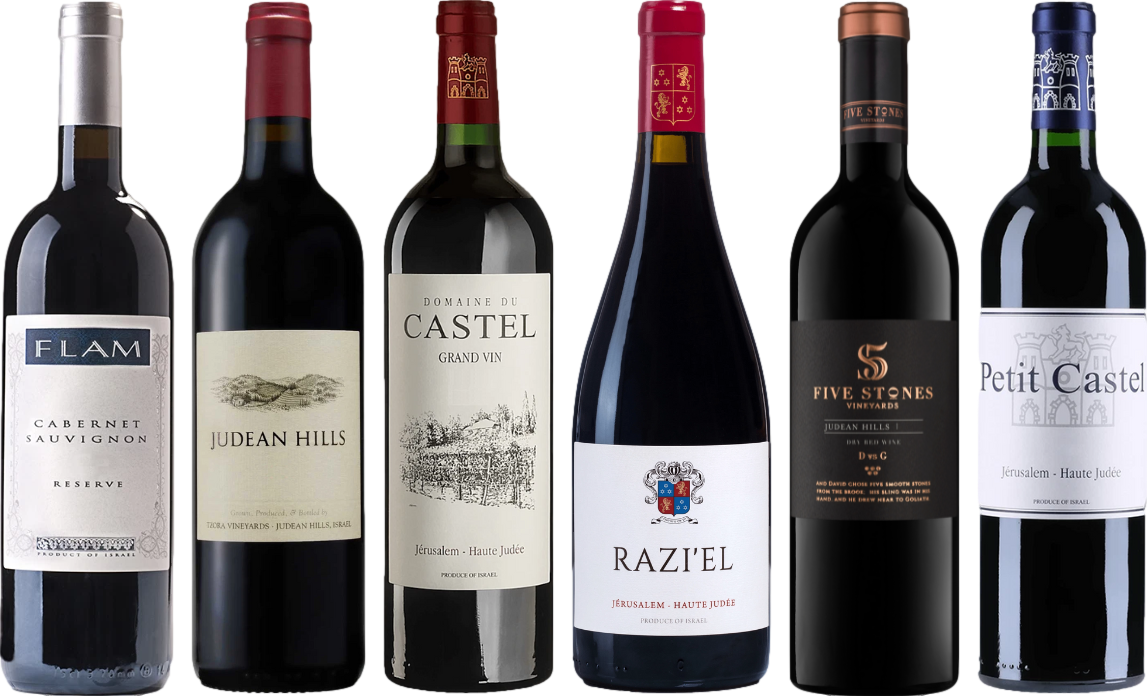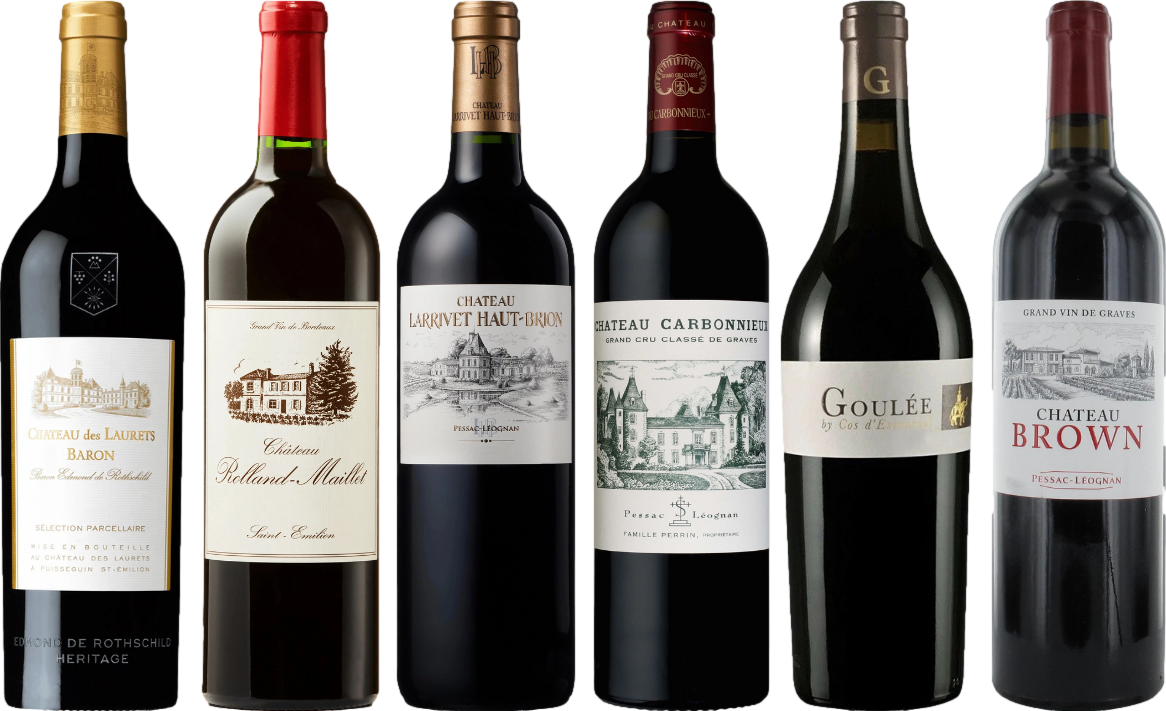



With over 10,000 distinct options available globally, the universe of fermented grape beverages offers an impressive array of flavors and styles. From bold reds to crisp whites, and sparkling to fortified, each category holds unique characteristics influenced by terroir, grape variety, and winemaking techniques.
For those eager to expand their palate, consider exploring lesser-known regions like Greece or Slovenia, which produce exceptional selections often overshadowed by more popular countries. Each bottle tells a story of its origin, and discovering these hidden gems can be both rewarding and educational.
Pairing is another area where exploration can yield delightful results. White wines can complement seafood beautifully, while reds often enhance the flavors of red meats. Experimenting with different pairings can elevate your dining experiences and deepen your appreciation for this intricate craft.
As you navigate through this expansive selection, don’t hesitate to seek guidance from knowledgeable staff at wine shops or restaurants. Their insights can lead you to remarkable finds that align with your taste preferences and budget.
Countless Types of Grapes and Their Expressions
Focus on the over 10,000 distinct grape cultivars existing globally. Each varietal brings unique characteristics influenced by terroir, climate, and winemaking techniques. For instance, Cabernet Sauvignon from Napa Valley exhibits bold fruit flavors, while the same grape from Bordeaux reveals more earthy notes. It’s essential to explore local expressions as they can differ significantly from region to region.
Exploring Regional Specialties
Consider regions like Burgundy, where Pinot Noir reigns supreme, producing elegant and complex reds. Alternatively, in Tuscany, Sangiovese shines, offering a profile rich in cherry and herbal nuances. Discovering these regional specialties can lead to delightful surprises and broaden your palate.
Understanding Blends
Do not overlook the art of blending. Many exceptional bottles derive from combining multiple grapes, which enhances complexity. Take the classic Bordeaux blend, featuring Merlot, Cabernet Sauvignon, and Cabernet Franc. Each component contributes distinct flavors and textures, showcasing the winemaker’s skill and vision.
Exploring Red Wine Types and Characteristics
For those looking to appreciate the nuances of red varietals, it’s essential to familiarize oneself with notable types and their distinct features. Cabernet Sauvignon is renowned for its robust structure and rich flavors of blackcurrant and cedar, making it a staple in fine dining. Pair it with grilled meats to enhance its bold profile.
Merlot, on the other hand, offers a softer, fruitier experience with notes of plum and chocolate. This makes it incredibly versatile for pairing with a range of dishes, from pasta to roasted vegetables. If you’re seeking a smoother option, Merlot is an excellent choice.
Distinctive Characteristics
Pinot Noir stands out for its light body and complex aromas of cherry, earth, and spice. It thrives in cooler climates and pairs beautifully with salmon or duck, allowing its elegant profile to shine. Additionally, Syrah, or Shiraz as it’s known in Australia, delivers a bold experience with its spicy and smoky undertones, perfect alongside barbecued meats.
Tempranillo, the pride of Spain, is characterized by its deep, rich flavors of cherry and leather. Ideal with traditional Spanish dishes, it embodies the essence of its terroir. Each of these selections offers a unique taste journey, inviting exploration and enjoyment. Embrace the variety and discover what resonates with your palate.
Understanding White Wine Varieties and Flavor Profiles
Pinot Grigio often showcases a crisp acidity with notes of green apple, pear, and citrus, making it an excellent pairing with seafood. This varietal thrives in cooler climates, particularly in regions like northern Italy. For a more aromatic option, try Sauvignon Blanc, which presents vibrant flavors of lime, green pepper, and tropical fruit. It’s particularly refreshing when enjoyed with salads or light chicken dishes.
Chardonnay: Versatile and Diverse
Chardonnay is one of the most adaptable grapes. Depending on the region and winemaking techniques, it can range from lean and mineral-driven to rich and buttery. In cooler areas like Burgundy, expect flavors of apple and minerality, while warmer climates, such as California, often produce a fuller-bodied style with notes of ripe peach and vanilla. This variety pairs beautifully with creamy sauces and roasted poultry.
Riesling: Sweetness and Balance
Riesling offers a unique balance of sweetness and acidity, making it a delightful choice for various palates. Aromas of apricot, honey, and floral notes are common. This grape shines in regions like Germany and Alsace, where it can be crafted into both dry and dessert styles. Pairing it with spicy Asian cuisine enhances the experience, as the sweetness offsets the heat.
For anyone curious about culinary pairings, consider checking out how long does it take to cook diced chicken to find the perfect match for your selected pour.
The Diversity of Rosé Wines and Their Production Methods
Rosé presents a unique exploration of flavors and styles, bridging the gap between reds and whites. Its appeal lies not only in its refreshing taste but also in its versatile production techniques. Notably, three primary methods exist for crafting this delightful beverage: direct pressing, saignée, and blending.
1. Direct Pressing: This technique involves crushing red grapes and immediately pressing them to extract juice with minimal skin contact. The result is a delicate hue and light flavor profile, ideal for those who appreciate subtlety. Grapes like Grenache and Pinot Noir excel in this method.
2. Saignée: This approach is a byproduct of red winemaking. During fermentation, some of the juice is drawn off from the red must, concentrating the remaining wine. The extracted juice is then fermented separately as rosé. This method often produces more robust and complex profiles, appealing to those seeking a richer taste.
3. Blending: A straightforward technique where red and white wines are mixed to achieve the desired color and flavor. This method is less common in regions like France, where regulations often dictate production practices, but it can yield interesting and varied results in other areas.
Understanding the influence of grape variety on the final product is crucial. Common selections such as Mourvèdre and Syrah contribute earthy notes, while lighter options like Grenache offer fruit-forward characteristics. Exploring these elements allows for a deeper appreciation of what each bottle has to offer.
| Production Method | Description | Common Grapes |
|---|---|---|
| Direct Pressing | Grapes are pressed immediately after crushing, resulting in light color and flavor. | Grenache, Pinot Noir |
| Saignée | Juice is drawn off from red wine fermentation, creating concentrated flavors. | Mourvèdre, Syrah |
| Blending | Red and white wines are mixed to achieve desired characteristics. | Various |
In summary, the methods used to produce rosé significantly impact its character, offering an array of flavors and experiences. Enjoying this style opens doors to new pairings and culinary adventures, enhancing every sip.
How Sparkling Wines Differ: Types and Classification
Understanding sparkling options requires familiarity with their primary classifications. The most notable types include Champagne, Cava, Prosecco, and Franciacorta. Each distinct category has unique production methods and flavor profiles.
Key Types
- Champagne: Originating from the Champagne region of France, this sparkling offers complexity and depth. It primarily consists of Chardonnay, Pinot Noir, and Pinot Meunier grapes. The traditional méthode champenoise ensures a secondary fermentation in the bottle, enhancing its effervescence and flavor.
- Cava: Spanish sparkling, mainly produced in Catalonia. It utilizes indigenous grapes like Macabeo, Xarel·lo, and Parellada. The traditional method is also employed here, yielding a refreshing and crisp taste.
- Prosecco: Hailing from Italy, this bubbly is made mostly from Glera grapes. Unlike Champagne, it typically undergoes bulk fermentation, resulting in a lighter, fruit-forward profile with notes of pear and apple.
- Franciacorta: Another Italian gem, Franciacorta is crafted using the méthode champenoise. It showcases a variety of grapes, including Chardonnay and Pinot Noir, delivering a rich and elegant experience.
Classification Based on Sweetness
Sparkling selections also vary in sweetness levels, categorized as follows:
- Brut Nature: No added sugar, very dry.
- Extra Brut: Minimal sugar, still dry.
- Brut: The most popular style, dry but with a slight hint of sweetness.
- Extra Dry: Surprisingly sweeter than Brut, often enjoyed for its fruity characteristics.
- Demi-Sec: Noticeably sweet, pairs well with desserts.
Choosing the right sparkling option involves considering the occasion, food pairings, and personal taste preferences. Each type offers a unique experience worth exploring.
Regional Wine Varieties: A Look at Global Production
Exploring specific geographic areas reveals unique characteristics in grape cultivation and production techniques. For example, the Bordeaux region in France is renowned for its Merlot and Cabernet Sauvignon, while Tuscany is synonymous with Sangiovese. Each locale contributes specific terroir influences, shaping the taste profiles of their products.
In California, the Napa Valley excels with its Cabernet Sauvignon and Chardonnay, often showcasing rich fruit flavors and balanced acidity. Meanwhile, Oregon’s Willamette Valley is celebrated for its Pinot Noir, which tends to be more elegant and nuanced, reflecting the cooler climate.
Italy boasts an impressive array, with regions like Piedmont producing Barolo and Barbaresco from Nebbiolo grapes, known for their complexity and aging potential. In the south, Sicily shines with its indigenous varieties such as Nero d’Avola, offering bold flavors and suitability for warmer climates.
Australian vineyards, particularly in regions like Barossa Valley, are famous for Shiraz, which typically features intense fruit and spice notes. New Zealand, on the other hand, has garnered acclaim for its Sauvignon Blanc from Marlborough, characterized by vibrant acidity and citrus flavors.
South Africa is making its mark with Chenin Blanc and Pinotage, an indigenous hybrid that presents a unique profile combining fruitiness with earthy undertones. Each region contributes to the global mosaic, enriching the experience for enthusiasts and collectors alike.
In summary, understanding the regional distinctions enhances appreciation for each bottle, reflecting not just the grape but the land and culture behind it. As I continue to explore, I find joy in sharing these insights with others, celebrating the diverse expressions found across the world.
Specialty Wines: Dessert, Fortified, and Natural Options
For those seeking unique tastes, I recommend exploring dessert, fortified, and natural selections that offer distinct experiences.
Dessert wines are characterized by their sweetness and richness, often enjoyed after meals. Notable examples include:
- Sauternes: A luxurious French choice made from botrytized grapes, offering honey and apricot notes.
- Tawny Port: Aged in wooden casks, this Portuguese delight presents flavors of nuts and caramel.
- Moscato d’Asti: Lightly sparkling, this Italian option features floral aromas and a refreshing sweetness.
Fortified wines have additional alcohol added, enhancing their complexity and longevity. Key types include:
- Sherry: From Spain, this wine varies from dry to sweet, with styles like Fino and Pedro Ximénez.
- Madeira: Known for its unique aging process, it offers flavors ranging from nutty to tropical fruits.
- Port: Rich and full-bodied, this wine comes in styles like Ruby and Vintage, each with distinct profiles.
Natural options appeal to those interested in minimal intervention in the winemaking process. These selections often highlight terroir and grape characteristics:
- Orange wines: White grapes fermented with skins, producing rich and tannic profiles.
- Pet-Nat: Naturally sparkling, this wine undergoes a single fermentation, resulting in a unique effervescence.
- Low-intervention reds: Crafted with minimal additives, these wines often showcase a more authentic expression of the grape.
Exploring these specialty options expands the palate and introduces exciting flavors that complement various occasions. Enjoy the journey of discovery!












